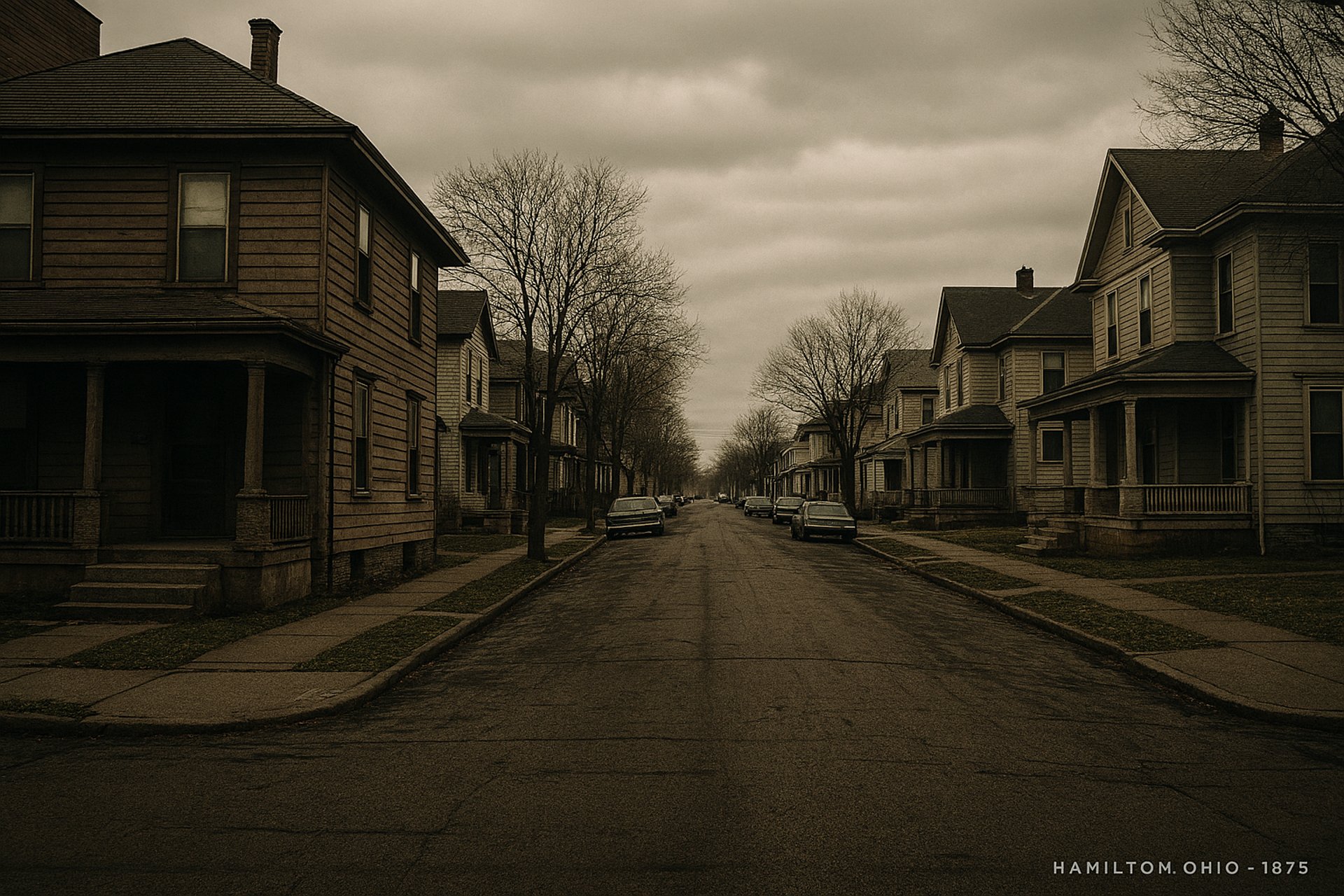
Episode 10 - James Ruppert Easter Massacre
Episode 10 - James Ruppert Easter Massacre - Blog about the show, make sure to check us out on your favorite podcast platform!
TRUE CRIME
Daniel



The Easter Sunday Massacre: The Story of James Ruppert
On a day meant for resurrection and renewal, a quiet street in Hamilton, Ohio, became the site of one of the state’s most horrific crimes. On Easter Sunday, March 30, 1975, 40-year-old James Urban Ruppert slaughtered his entire family in a burst of violence so brutal it would forever be known as the “Easter Sunday Massacre.”
A Troubled Life: The Making of a Killer
James Ruppert was born into a strict, working-class Catholic family in 1935. From the beginning, his life was defined by hardship and a profound sense of inadequacy. His father, Leonard Sr., was a heavy drinker with a violent temper who openly favored James’s older brother, Leonard Jr., while subjecting James to physical abuse and belittlement.
His mother, Charity, was a devout woman who attended mass daily, but her strict, controlling nature left James feeling smothered and powerless. He struggled academically and socially, described by teachers as quiet, withdrawn, and unable to fit in. After a brief, failed attempt at college and an even shorter stint in the Air Force that ended in an early discharge, Ruppert returned to Hamilton a broken man.
He drifted through a series of odd jobs, but his failure to launch was complete. He lived in his childhood bedroom well into adulthood, increasingly isolated and dependent on his mother’s social security checks. As the years passed, he grew deeply resentful, consumed by paranoia that his family—especially his successful brother and domineering mother—were conspiring to control him and have him committed.
The Storm Gathers: The Weeks Before
In the spring of 1975, Ruppert’s simmering rage reached a boiling point. He had recently lost his job and was entirely financially dependent. His paranoia intensified; he became convinced the government was monitoring him and that his phone was tapped. He began practicing with his collection of firearms and even inquired about purchasing a silencer.
The stage was tragically set when his mother invited the entire family over for Easter Sunday. Leonard Jr., his wife Alma, and their eight children—ranging in age from 4 to 17—would all be under one roof. For Ruppert, this gathering was not a celebration but the perfect opportunity to act on his delusions.
The Massacre: Eleven Lives Erased
On that sunny Easter morning, as his family gathered in the living room, Ruppert retreated to his bedroom and retrieved his weapons: a .357 Magnum revolver, a .22-caliber rifle, and a .30-caliber carbine.
What followed was a methodical, point-blank execution. He walked into the living room and began firing.
He first shot his brother, Leonard Jr., four times.
He then turned the gun on his sister-in-law, Alma, firing three shots.
One by one, he murdered his eight nieces and nephews: James (17), Michael (16), Thomas (15), Carol (13), Ann (12), David (11), Teresa (9), and John (8). He shot each child multiple times as they screamed, fled, or tried to shield one another.
Hearing the shots, his mother, Charity, ran to the kitchen to call the police. Ruppert found her there and shot her once in the head.
In total, he fired 35 rounds. The carnage was so extreme that blood dripped through the floorboards into the basement. The only sign of struggle in the entire home was a single overturned wastebasket.
When the police arrived, they found Ruppert sitting calmly on the front porch, smoking a cigarette.
A Long Legal Battle: Trial and Imprisonment
Ruppert’s legal journey was as complex as his psychology. His first trial in 1975 resulted in 11 life sentences, but a mistrial was declared due to a procedural error.
At a second trial, a determined defense attorney, Hugh Holbrock, personally funded a team of expert psychiatrists to prove his client was insane. The strategy partially worked. In 1982, a three-judge panel found Ruppert guilty of the first-degree murder of his mother and brother, but not guilty by reason of insanity for the murders of the eight children. He was sentenced to two consecutive life terms.
Because the mass murder occurred during the national moratorium on capital punishment (1972-1976), the death penalty was never an option.
Ruppert spent the next 40 years in the Ohio prison system, primarily at the Franklin Medical Center. He was denied parole at hearings in 1995, 2005, and 2015. The parole board’s statement in 2015 was unequivocal, citing his refusal to participate in programming, negative conduct, the nature of his crimes, and strong community opposition to his release. His next hearing was scheduled for April 2025.
The End of the Story
James Ruppert never saw that hearing. On June 4, 2022, at the age of 88, he died of natural causes in prison, leaving behind a legacy of unimaginable pain and unanswered questions.
The Easter Sunday Massacre remains a stark tragedy. It is a story of a man utterly shattered by a lifetime of abuse and failure, whose warped psyche saw massacre as the only solution to his problems. It serves as a chilling reminder of the devastating potential of untreated mental illness and the horrific, lasting impact of family violence. The eleven innocent lives lost that day are a permanent scar on the history of Hamilton, Ohio, a community that will never forget.


